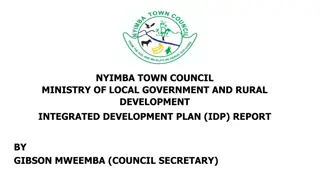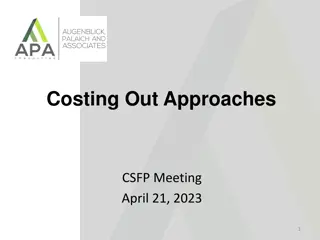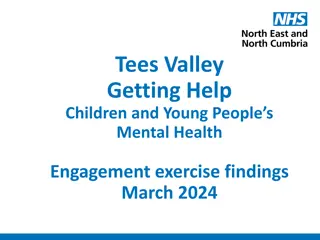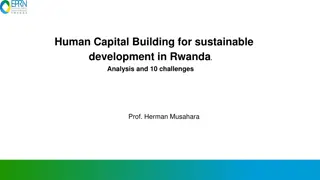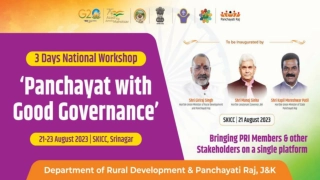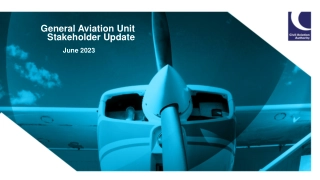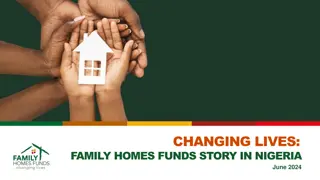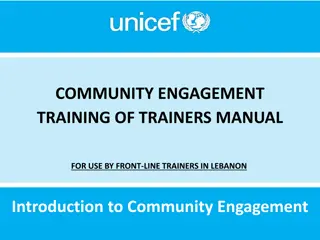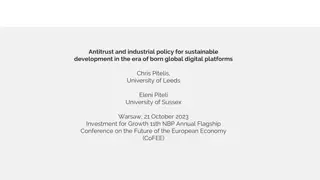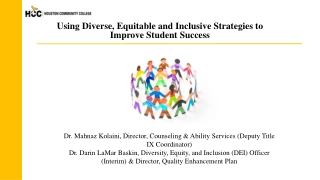Inclusive Approaches to Stakeholder Engagement for Sustainable Development
Engaging stakeholders for sustainable development, the importance of the 2030 Agenda, outcomes of meaningful participation, and the diverse stakeholder groups to be involved. Discover how to foster dialogue, citizen engagement, and ensure all voices are heard.
- Stakeholder Engagement
- Sustainable Development
- 2030 Agenda
- Meaningful Participation
- Stakeholder Groups
Download Presentation
Please find below an Image/Link to download the presentation.
The content on the website is provided AS IS for your information and personal use only. It may not be sold, licensed, or shared on other websites without obtaining consent from the author. Download presentation by click this link. If you encounter any issues during the download, it is possible that the publisher has removed the file from their server.
Presentation Transcript
Inclusive approaches to awareness-raising and engaging stakeholders Carol Pollack, Inter-Regional Advisor National Strategies & Capacity Building Branch, DSDG/DESA Towards sustainable development for all
The 2030 Agenda and Stakeholder Engagement The preparatory process of the SDGs themselves included not only negotiations between Member States but of intensive engagement with stakeholders around the world The 2030 Agenda is therefore: of the people, by the people, and for the people and calls for participation of all countries, all stakeholders and all people . Stakeholder engagement is important in both the implementation and follow up of the 2030 Agenda Division for Sustainable Development Goals
Outcomes of meaningful participation Increased understanding between Local Government and different stakeholders of one another s priorities, needs and capacities Increased awareness and ownership of the SDGs, which can also lead to greater partnership and contributions for their implementation and increase sustainability of programmes and projects Creating spaces or structures for dialogue, citizen engagement and empowerment of local voices and partnerships. Foster greater state responsiveness to citizens needs Ensure the voices of the most vulnerable are heard and reflected in policies
Who are the stakeholders? The stakeholder groups to be engaged will vary depending on local context. At the International Level, groups often engaged include: Non-Governmental Organizations Women Children and Youth Indigenous Peoples Workers and Trade Union Business and Industry Scientific and Technological Community Farmers Cooperatives Socially excluded minorities and socially excluded groups, including persons with disabilities, older persons Migrants Faith groups Development partners/foundations People experiencing poverty Social movements Professionals from relevant sectors, such as education and health In carrying out VNRs and VLRs, national and sub-national governments have included participants from these and other groups * In our breakout groups this morning, you will be asked to consider and identify the stakeholders in your local context whose participation will be important in the VLR process *
Designing a Stakeholder Engagement Strategy To be meaningful, engagement processes for the 2030 Agenda should be set up early on, with clear objectives and methodologies Some key elements for a stakeholder engagement strategy, which should be adjusted to local contexts as appropriate are: - Defining who should be engaged/map stakeholders Defining how stakeholders will be engaged and entry points for engagement Setting up specific communication and outreach strategies for different groups Define expected outcomes and outputs. Define the activities to be undertaken as part of the stakeholder engagement process for the VLR Plan and mobilize the necessary resources. Set up a clear timeline - - - - - -
Inform Consult Involve Collaborate What does participation mean? Levels of engagement
In the Maldives, at the national level, the government works with the official state media Public Service Media in disseminating information related to the SDGs. Capacity building workshops organized for journalists from various media in order to enhance and develop their skills to report on the SDGs. INFORM Communication, where governments inform stakeholders of their plans for implementation and review of the 2030 Agenda. In its local report on efforts to achieve environmental sustainability targets, Sydney, Australia noted its campaign to improve environmental outcomes by informing stakeholders on approaches to reducing waste, including through use of posters, a digital sustainably newsletter and social media.
In preparing its VLR, the Ngora District in Uganda: carried out consultative meetings in the five lower-level Governments, each with 350 participants (CSOs, CBOs, Private Sector, Opinion leaders, LCIIIs, Sub-county Chiefs, Parliamentarians, CDOs, Men, Youth, Women, Elders leaders, Special Interest Groups e.g. PWDs, PLHIV/AIDs, elders, religious leaders, SMCs, HUMCs, PTAs etc.). Created Focus Group Discussions (FGDs) centered on key targeted groups of women and youth mainly to collect their views and perceptions on development of their communities and their participation in the development processes. Utilized live radio talk shows to gather feedback from community members CONSULT Government presents plans and options for implementation and review of the 2030 Agenda and receives feedback from stakeholders. In preparing its VNR, Chile, in cooperation with UNDP, designed focus groups that sought to prioritize the voice and participation of populations such as street people, persons with disabilities, immigrants, and indigenous peoples.
In the process of preparing a VLR for Orlando (Florida, USA), the mayor appointed 25 community leaders, representatives of Orlando businesses, institutions and NGOs to form a community working group. The group considered objectives and strategies for priority development issues. It identified best practices and provided new recommendations. INVOLVE Stakeholders are meaningfully engaged with governments in generating plans and options for implementation and review of the 2030 Agenda and carrying out actions based on decisions emerging from this input. Following the VLR process, the working group continues to be involved in the implementation of the SDGs in Orlando.
In its 2020 VLR, the city of Oaxaca, Mexico describes its mechanism of involving civil society, academia and productive sectors in SDG implementation and review, including through: COLLABORATE Formation of three Working Committees considering the three dimensions social, environmental and economic -of sustainable development Governments and stakeholders decide together on the implementation and review of the 2030 Agenda. This is long- term and may require resources. Issuance of an open call to identify stakeholders that wished to participate in the work of the committees, followed by selection by Government of actors to participate in each Creating a shared leadership structure for each committee, in which a government agency serves as Executive Secretary and a non-state stakeholder serves as an annually rotating Coordinator, with important responsibilities, such as directing the meetings and work of the committees.
Additional Resources If you wish to learn more about stakeholder engagement Enroll in DESA and UNITAR s free Open Online Course on Strengthening Stakeholder Engagement for the Implementation and Review of the 2030 Agenda (https://sdgs.un.org/events/massive-open-online-course- mooc-strengthening-stakeholder-engagement- implementation-and) Read DESA and UNITAR s Publication: Stakeholder Engagement and the 2030 Agenda: A Practical Guide (https://sustainabledevelopment.un.org/StakeholdersGuide) Visit DESA s website to explore VLRs produced by cities, regions and provides around the world (https://sdgs.un.org/topics/voluntary-local-reviews)



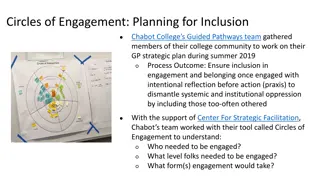




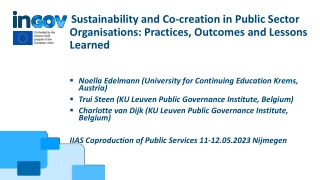
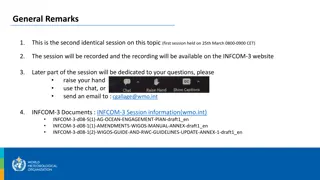
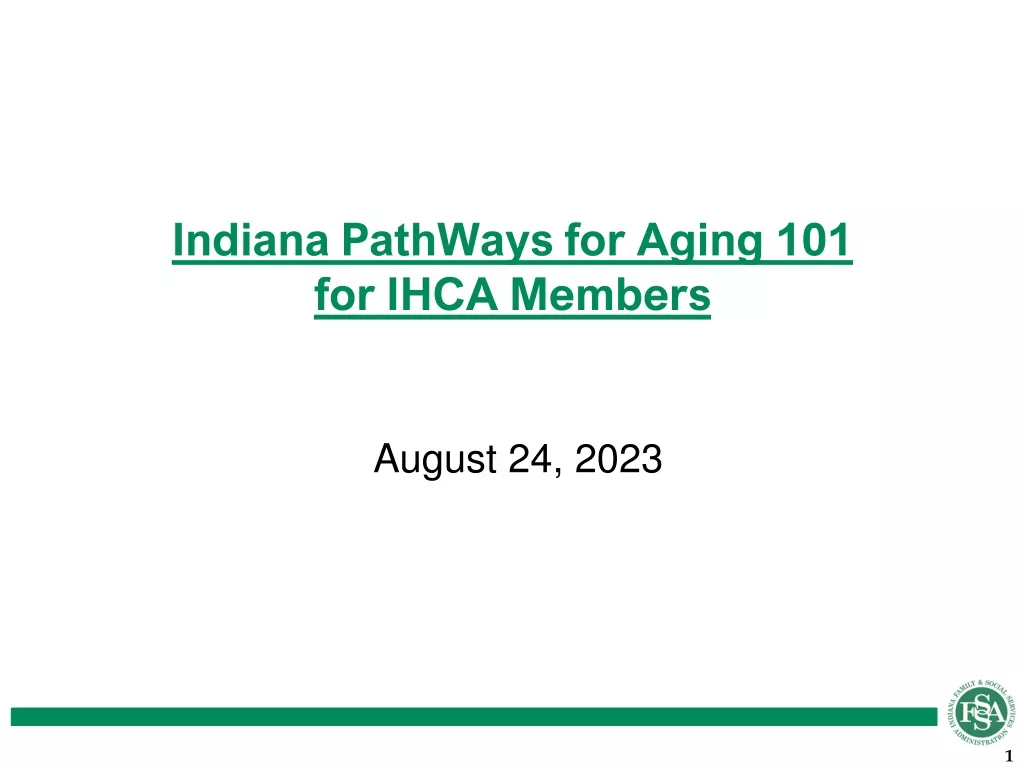
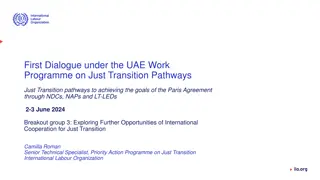



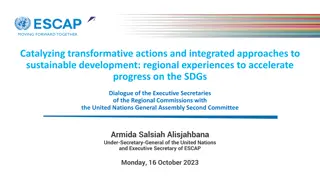

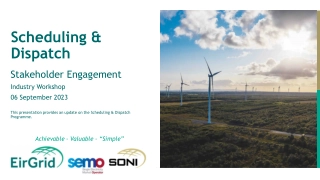
![Key Stakeholder Issues on PDAL Bill [B8 2021] 24 October 2023](/thumb/88726/key-stakeholder-issues-on-pdal-bill-b8-2021-24-october-2023.jpg)






